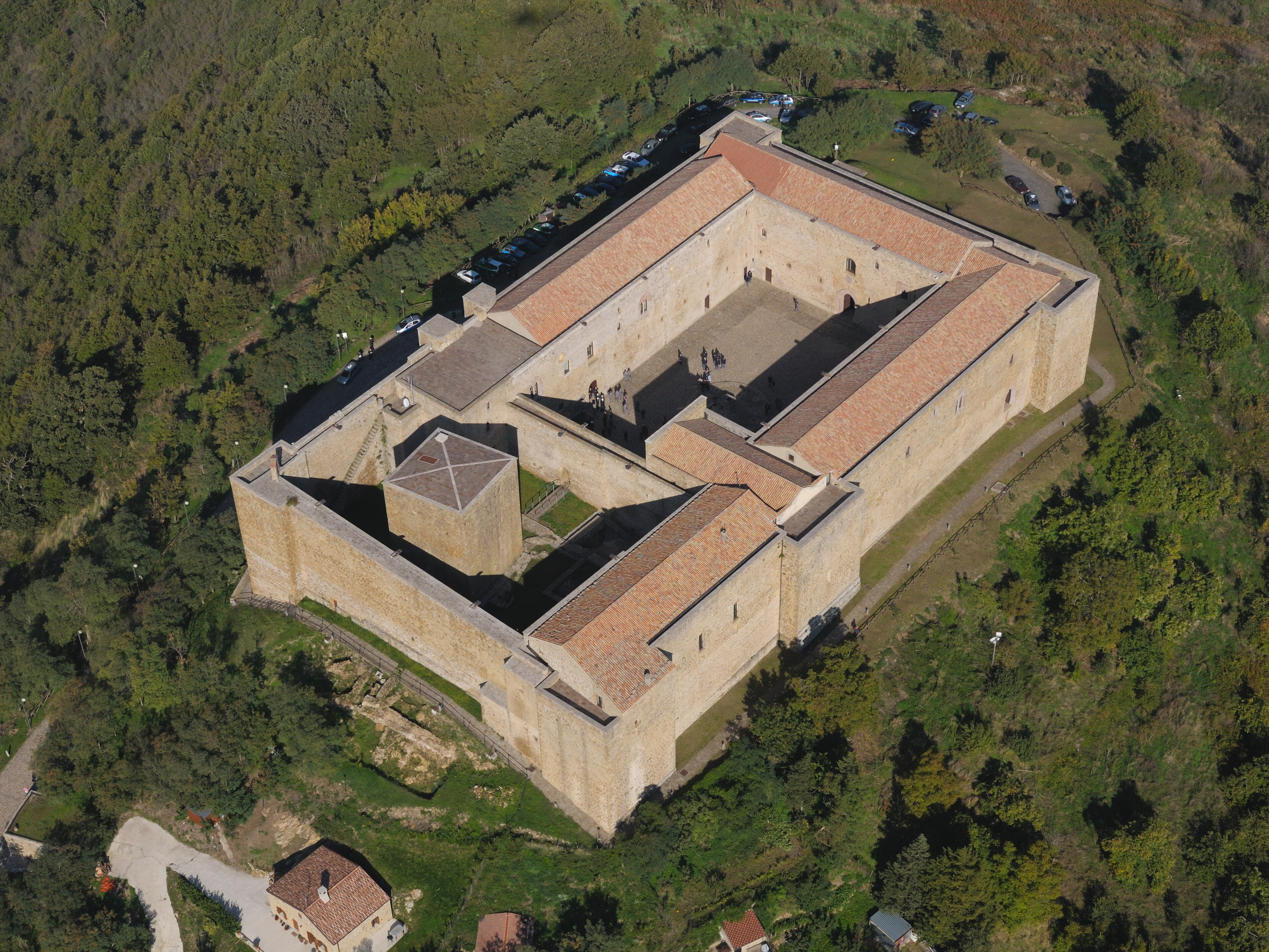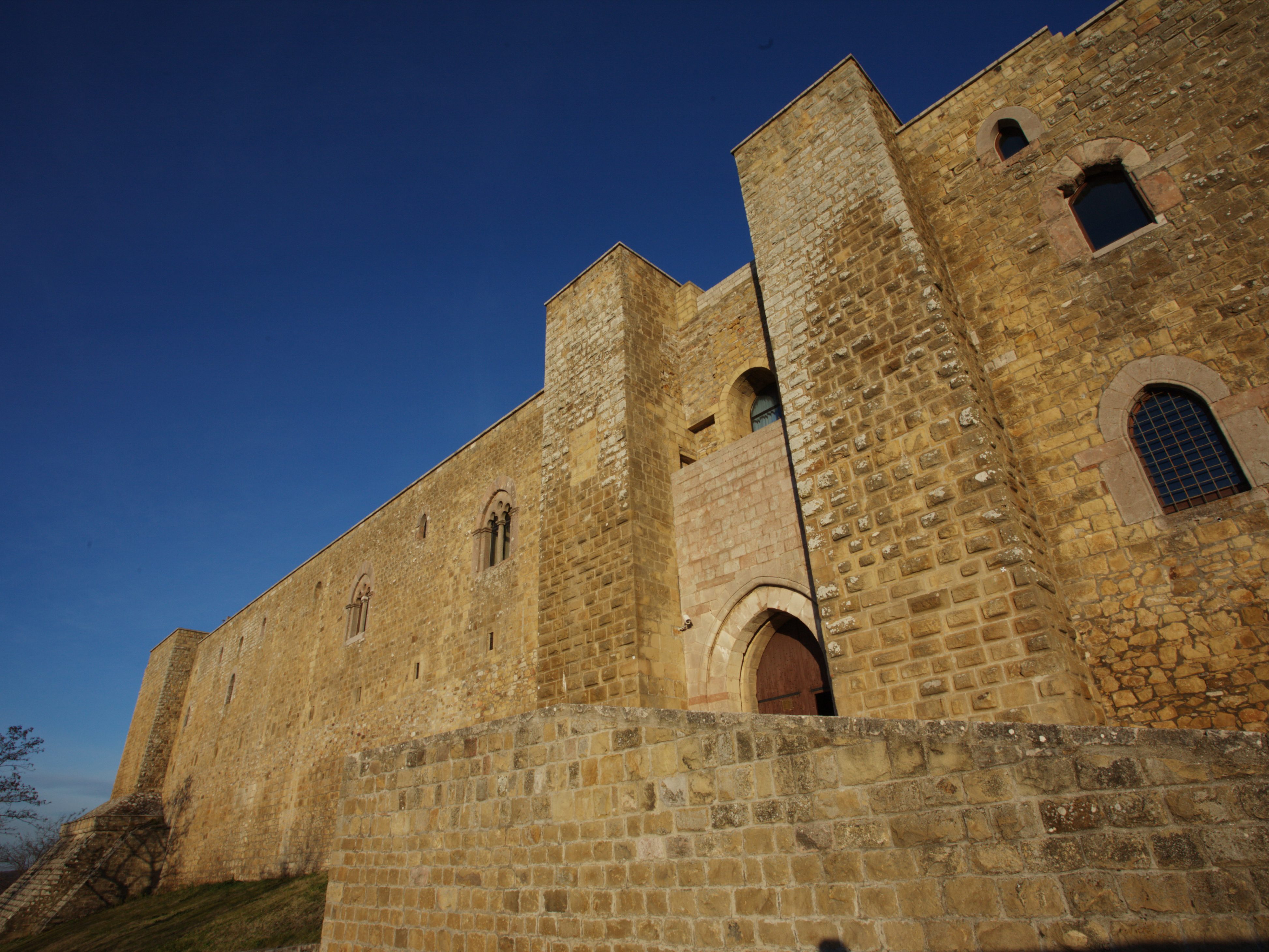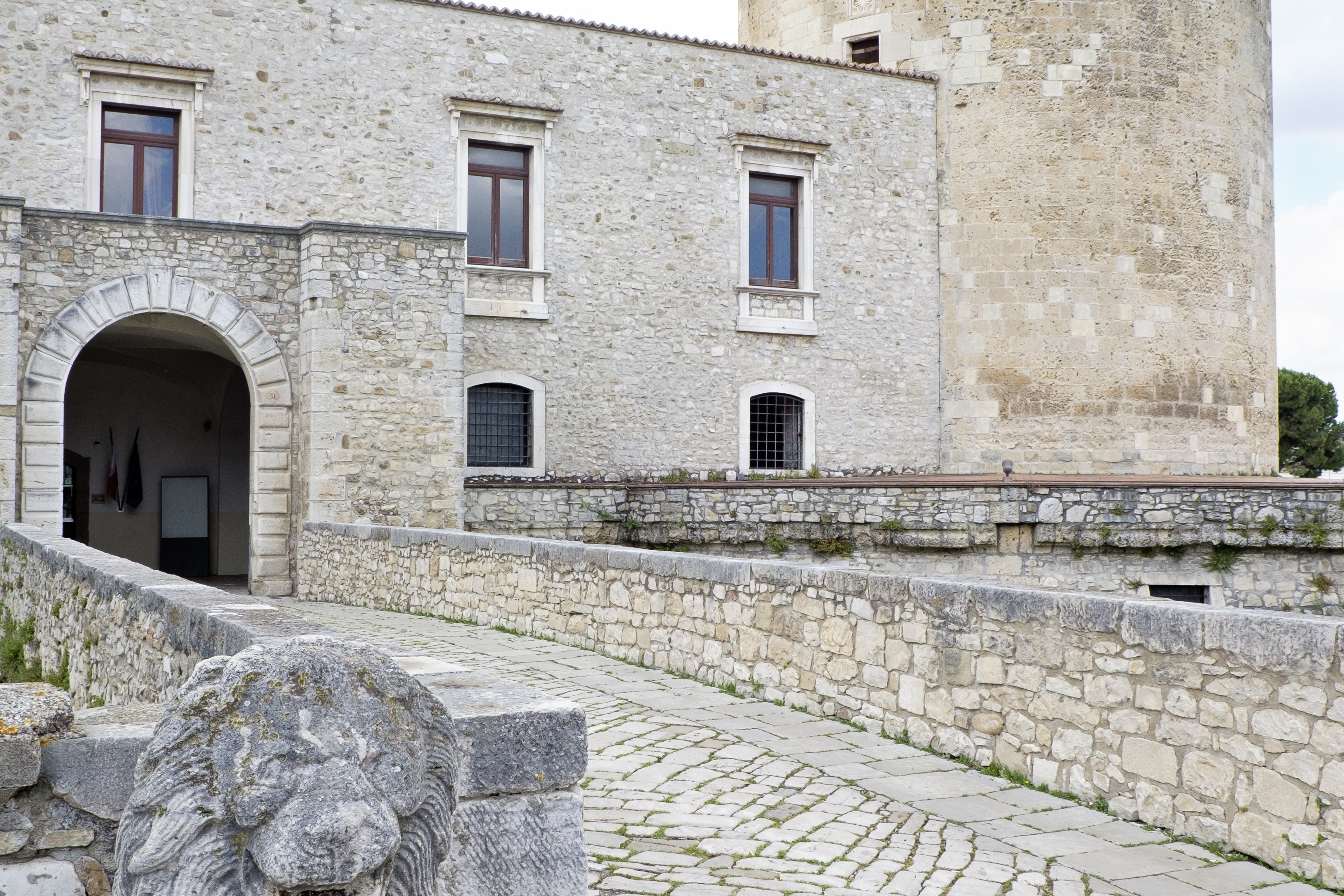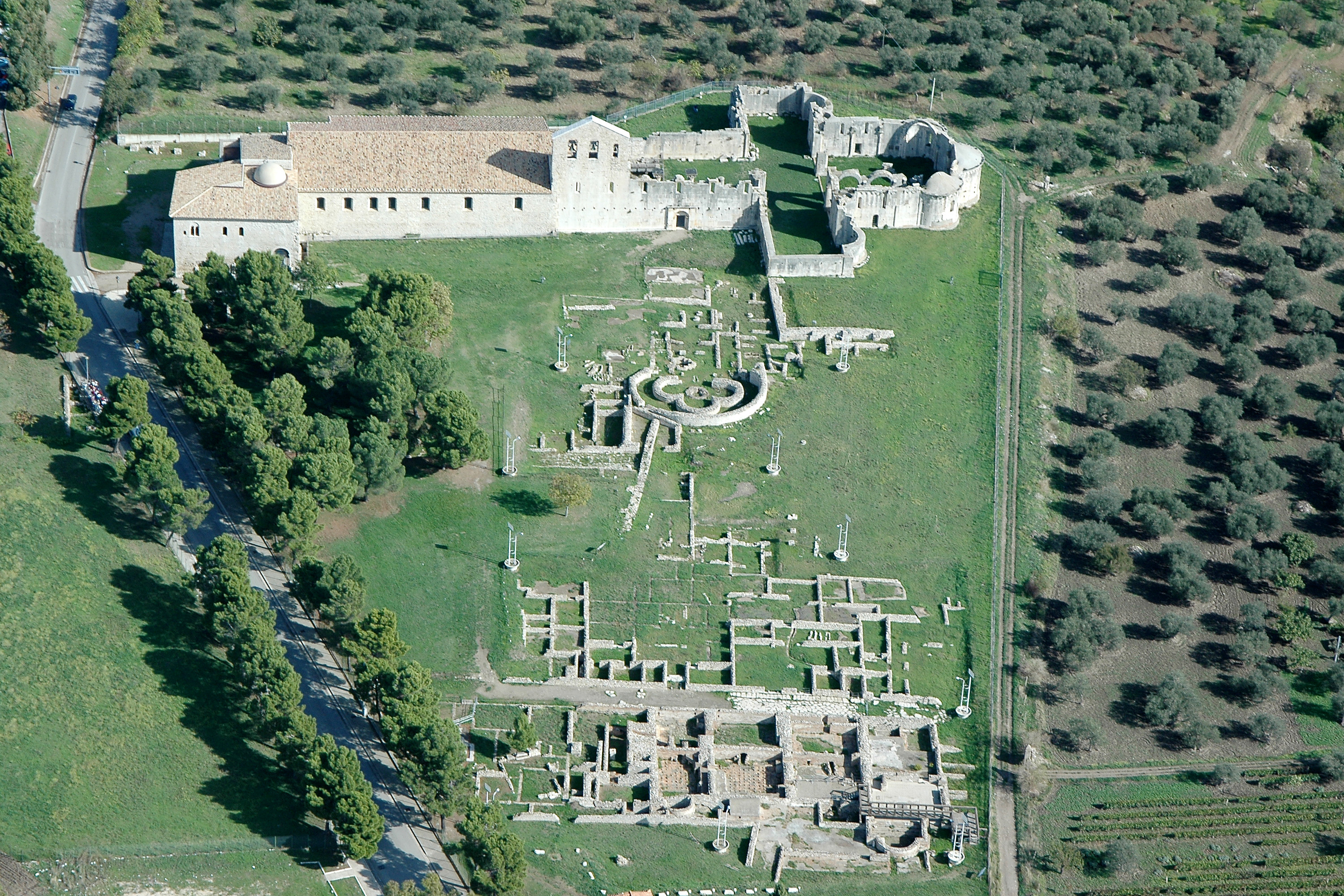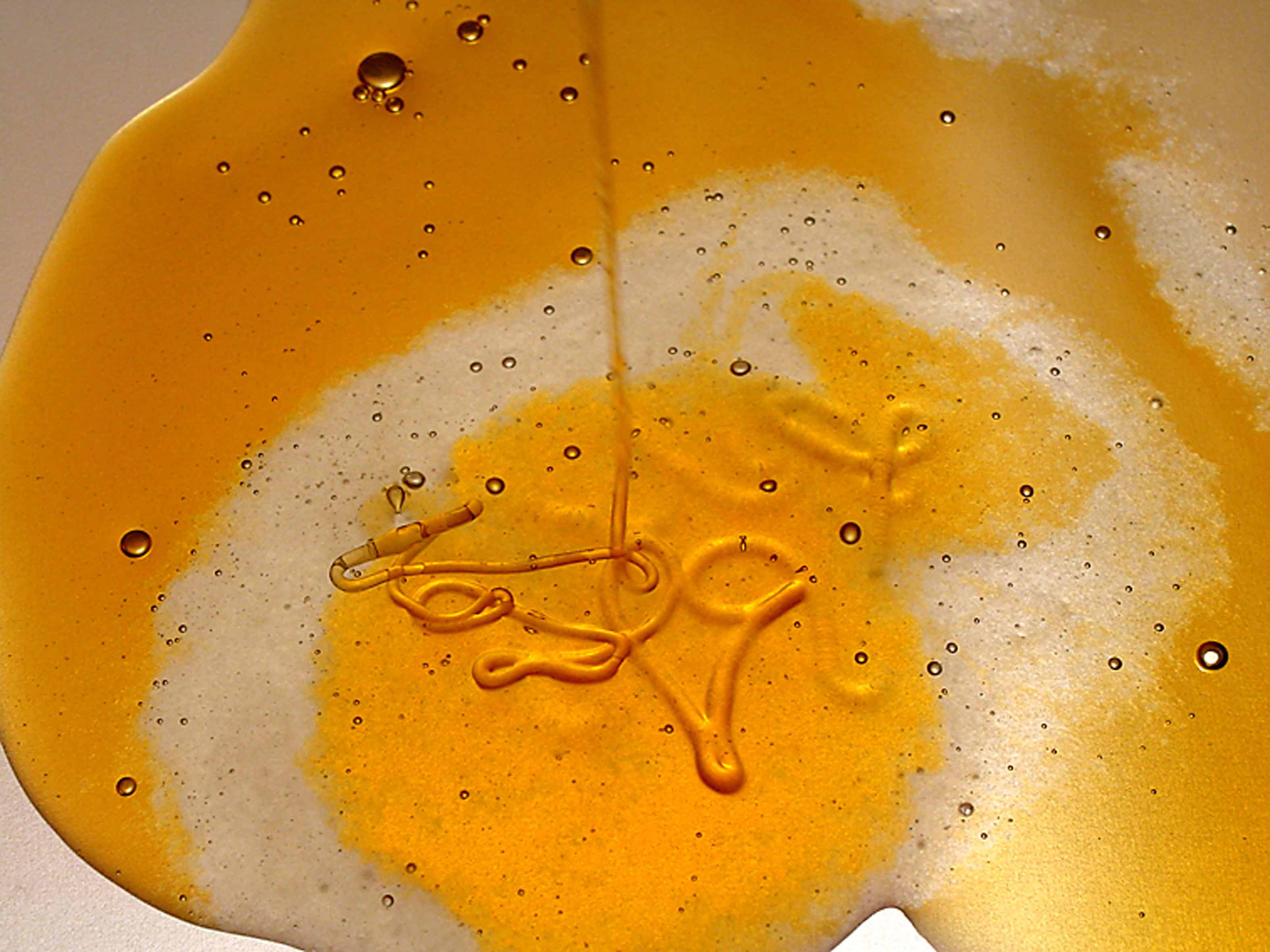Vulture, from prehistoric times to the golden age
The traces of man in the Vulture are lost over time
The territory of the Vulture has been frequented by humans since prehistoric times. In Tuppo dei Sassi, in the countryside of Filiano, some rock paintings have been found inside a natural shelter, depicting men and animals in schematic form, most likely a hunting scene. This is an important example of rock art, as it dates back to the Palaeolithic or Mesolithic times. The site was discovered in the early 1960s during research carried out by the archaeologist Ranaldi on the basis of information provided by some shepherds, which is why, in honour of its discoverer, it is called the “Ranaldi shelter”. In addition to the main scene that illustrates two animals captured by two men, there are three other depictions: a man and an animal, an animal alone (almost certainly a deer) and finally a particular human entity, reproduced higher than the rest and with proportions larger than the other figures, with three heads, which perhaps can be likened to a deity or a sorcerer. Analysing it as a whole, it can be assumed that the scene represents a hunting expedition, the positive outcome of which is due to the intercession of a deity or thanks to the spells of a sorcerer.
In the same site there are other engravings depicting a human figure in a running stance, holding a spear in one hand and with the other hurling others towards two animals, probably deer, depicted below. A short distance away is another deer, rendered with its legs up, very plausibly indicating a killed prey.
In the rock paintings of Tuppo dei Sassi the human figure is rendered in an essential approximation; there is no intention to render the right proportions of body parts or to give a sense of depth, while the animals are drawn with more realistic features, all typical characteristics of Palaeolithic rock art. Below the Tuppo the archaeologist Ranaldi also discovered a sandstone rock with circular incisions and curved lines attributable to more abstract art than the rock paintings found inside the shelter. According to some theories, these engravings could refer to an axe or a dagger or even to a human figure. The latter seems to be the most accredited hypothesis.
Later, in 1971 the archaeologist Edoardo Borzatti von Lowenstern also carried out archaeological excavations in the area, which brought to light numerous stone artefacts from the Mesolithic era.
The classical era and the arrival of the Normans
The hub of a large part of tsouthern Italy and crossing point of traffic between Rome and Puglia, and therefore the East, it has been a strategic area since the classical era, an important crossroads between the Appian Way and the Francigena del Sud: the remains of ancient Venusia, the birthplace of the poet Horace, and the evidence that seamlessly tells us of a place where peoples and cultures met remind us of this. In this area of southern Italy, different peoples and dominations have followed one another over the centuries: Daunians, Samnites, Lucanians, Romans, Lombards, Byzantines and Saracens. But it was with the year 1000 and the arrival of the Normans that the Vulture, and Melfi in particular, reached its splendour and experienced a true “golden age”. With the Hauteville Melfi it became a central hub, the capital of the dukedom and a centre of fundamental importance for Christianity. The first count was Guglielmo di Braccio di Ferro in 1046, but it was thanks to Robert Guiscard that the city gained recognition from the Church and the Papacy and became the centre of the spiritual life of the time. Suffice it to say that in Melfi, between 1059 and 1137, five ecumenical councils took place in the Cathedral of the Assumption, which bears the coat of arms of the Norman dukedom, and important decisions were taken that influenced the religious and civil life of the time. It was here in 1089 that Pope Urban II conceived the First Crusade.
It should be emphasised, however, that relations between the Church and the Normans were not always idyllic. In 1052 Pope Leo IX felt the need to assert the authority of the papacy in the south by facing the Norman army in battle, but was defeated, having to recognise the Normans as important allies of the papacy. And as proof of this relationship, in 1081, on the occasion of the attack on Constantinople, Robert Guiscard was awarded the prestigious vexillum Sancti Petri, the flag of the Church.
It is during this period that a number of sacred buildings such as churches and cathedrals were built in the Vulture and southern art experienced a period of great wealth and magnificence.
The Swabian dynasty:Frederick II and the beloved lands of the Vulture
In 1194 the last descendant of the Hauteville family, Constance, married Henry VI of Hohenstaufen, and from this union the Norman civilisation met that of the Swabians, giving rise to an even more prosperous period. It was from their union that Frederick II was born, an enlightened ruler, a man of culture and art who loved the Vulture unconditionally, electing it as his favourite holiday destination. He was in fact a patron who loved to surround himself with poets, writers, philosophers and scientists: he contributed to the birth of Italian literature, a Sicilian school of poetry was established in his court and it seems that he himself was the author of four songs written in the southern vernacular.
In Melfi he issued Le Costitutiones melphitanae, the largest and most comprehensive code of laws of the Middle Ages in which he set out principles of government that were also very innovative for the time. Perhaps during his stay in Vulture, between the castle of Melfi and the castle of Lagopesole, a stronghold he wanted in order to expand his network of castles and fortresses, Frederick II was inspired to write the De arte venandi cum avibus, a manuscript on hunting activities, a real treatise on falconry, on the breeding, training and use in hunting of birds of prey, which he practised with great passion.
Frederick II was a man of great contradictions, especially in the religious sphere, and his relationship with the Church was ambivalent: from Crusader and Emperor of the Holy Roman Empire to sovereign excommunicated several times for his actions. His relationship with the Pope was marked by alliances and hostility. In 1241 he even imprisoned French cardinals and bishops in the castle of Melfi who were headed to a papal council to depose him.
The role that the Vulture played during the Crusades was fundamental. Knights about to leave for the Holy Land were welcomed here. Today, signs pf this remain in the Convent of the Trinity in Venosa and in the rock chapel of the Madonna delle Spinelle. Discovered in 1845, it was part of the nearby Basilica of Santo Stefano, from which, according to legend, the Norman knights left for the first Crusade to the Holy Land in 1096, led by Tancred of Hauteville, and mentioned by Tasso in the poem ‘Jerusalem Delivered’.
THE CASTRA OF FREDERICK II: THE CASTLE OF LAGOPESOLE
In order to strengthen his defensive system, Frederick II had a very efficient network of castles, fortresses and defensive bulwarks built on the mountains and hills of the Vulture, including the castle of Lagopesole, one of the most loved by the sovereign, where he used to spend his summers and hunting seasons. He expanded the stronghold, which was distinguished by its Norman layout with the typical fortified enclosure, with a hall dedicated to music, further evidence of his interest in the arts, with the massive and imposing inner tower and above all with the Palatine Chapel, inside which there is a fragment of a fresco depicting a Crusader in prayer.
Leggende, imperatori e cultura popolare

The Norman-Swabian golden age
Melfi played a major role in the Norman-Swabian golden age and its importance can still be seen today by looking at the artistic and architectural evidence in the city. The Norman political and military hegemony can be seen when admiring the majestic castle of Melfi, one of the largest and most impressive in the south, built by the Normans in a strategic position and expanded by Frederick II of Swabia. It still retains its medieval appearance, echoed by the ten towers that surround it, seven of which are rectangular and three pentagonal. Its prestigious role has endured over time, in fact it is now home to the National Archaeological Museum of the Melfese which preserves archaeological finds from the area.
From the civil symbol to the religious symbol of Melfi: the Cathedral of the Assumption. Construction work began in 1076 by Robert Guiscard, the first Italian count of the Hauteville dynasty. The cathedral has undergone many stylistic changes over the centuries. All that remains from the Norman period is the bell tower with the dichromate griffin, the Hauteville coat of arms.
Other religious buildings include the Church of San Lorenzo, dating back to 1120, and is the oldest building visible in the city today, recognisable by its octagonal baptistery and the Church of Santa Maria ad Nives, dating back to the 12th century with a unique portal enriched by geometric decorations. Among the religious buildings, the rupestrian churches of Santa Margherita and Madonna delle Spinelle deserve a special mention, as they are real treasures that contain artistic and historical treasures of immense value.
The historic centre of Melfi is entirely surrounded by walls, more than 4 km long, erected for defensive purposes. Along the turreted walls there are several gates to the city. The only one still in good condition is the Porta Venusina. Erected in the Swabian era, on one side it still displays the coat of arms of the Melfi and on the other that of the Caracciolo family who restored the walls in the 15th century. According to sources, Frederick II had a commemorative plaque placed there to recallthe glorious and prestigious role played by the city of Melfi at the time.
Other testimonies of the period include two palaces in the historic centre, Palazzo del Vescovado, originally from the 11th century but remodelled in the Baroque era, and Palazzo Araneo with a medieval layout and Renaissance façade.
The rupestrian church of Santa Margherita and the Memento Mori
Speaking of Frederick II, one cannot fail to mention the rupestrian church dedicated to Saint Margaret of Antioch, a true artistic jewel, modelled in a natural cave composed of stratified volcanic sediments. The vast pictorial cycle can be placed in the period between the end of the 13th century and beginning of the 14th century and recalls, in the isolated iconic images, figurative patterns of the post-Swabian period stylistically linked to the characteristics of a southern culture that acquires Gothic experience encouraged by the Angevin court. The apse space that houses the plinth of the altar is illuminated by an explosion of colours and sacred effigies. In the centre, above the altar, stands the royal figure of Saint Margaret, the virgin and martyr of Antioch. Her real name, Marina, was changed by the Roman church to Margaret to extol the pearly whiteness of her virginity, that is to say, to be as white as a pearl, margarita in the Latin language. The martyr is depicted as a slender but regal girl, wearing a crown of pearls or margarite, in memory of her name. The saint is flanked by two bands where the poignant stages of her martyrdom are illustrated with narrative vivacity in eight panels. But the cave is striking for the dramatic message of the representation of two skeletons in the act of addressing the imperial figures of Frederick II, his wife Isabella of England and his son Conrad, future king of Sicily. It is the Memento Mori, the warning of the dead to the living, the macabre dance celebrated by two deformed skeletons, in the presence of the emperor wearing a scarlet robe adorned with an ermine, and bearing a hawk on his gloved left hand, with an oriental dagger at his belt.


The presence of the Normans
Another jewel of the Vulture is undoubtedly Venosa. The city boasts ancient origins, and crossing through it is like walking through history. It was founded by the Romans in 300 BC and boasts among its most illustrious citizens the Latin poet Horace, who was born in Venosa in 65 BC. His famous lines “Carpe diem, quam minimum credula postero…” still echo in the streets of the city today.
The Normans also contributed to making art and culture flourish in Venosa. A few steps from the city they built the complex of the Holy Trinity: the religious building stands on an architectural stratification from the Roman era, while the original nucleus consists of an early Christian Basilica dating back to the 5th/6th century BC expanded by the Hauteville family to one day accommodate their mortal remains. In fact, the tomb of the Norman leader Robert Guiscard is of great importance in the Church. The Hauteville family were strongly linked to Venosa and they wanted to create an abbey complex of considerable size by expanding the one dedicated to the Holy Trinity. For this reason, in the 11th century work began on the new church, today known as Incompiuta (Unfinished) as it has never been completed. Today’s visitors can stroll through the remains of this sacred construction, never completed, in a mystical and unique atmosphere: an evocative symphony of stone that seduces with its unfinished nature and its roof of stars, perhaps the true symbol of Venosa.
From Gesualdo da Venosa to the Jewish catacombs
Another illustrious citizen of Venosa was the prince musician and composer Gesualdo, a famous 17th-century madrigalist forced to flee the city after the atrocious murder of his wife and her lover.
Not to be missed is the Castle of Pirro del Balzo dating back to 1470, which stands imposingly in the centre of the town with its cylindrical towers. The coat of arms of the Gesualdo family, consisting of a large sun with rays, can still be seen affixed to the western tower which houses the National Archaeological Museum.
The Jewish Catacombs discovered in 1853 just over a kilometre from Venosa near the Maddalena hill have considerable historical and archaeological value. There are niches in the walls and in the ground as well as numerous epigraphs from the 3rd and 4th centuries in Greek and Latin with Hebrew words in red or graphite painted letters.
Finally, it is worth mentioning that near Venosa it is possible to visit the Palaeolithic Site of Notarchirico, one of the oldest in the Old Continent, dating back 600,000 years. Its importance lies in the discovery in 1985 of a human femur which, possibly attributable to a specimen of Homo erectus, is one of the oldest fossil remains in Europe.
TRADITIONS AND EVENTS
The rites of Holy Week
The Vulture is an area of great spirituality, not only because of its many places of worship but also because of the devotional rites linked to the celebrations of Holy Week which are now part of the area’s religious tradition. The sacred representations linked to Easter are shrouded in an atmosphere of intense mysticism, they are choral moments of great strength, suggestion and expressiveness.
In several cities of the Vulture-Melfese area, the Via Crucis is performed at Easter with a strong theatrical and scenic dimension. The inhabitants of Ripacandida, Rapolla, Atella, Barile, Filiano, Maschito, Venosa and Rionero in Vulture become costumed characters and stage religious events according to the Holy Scriptures, re-enacting the drama of Calvary in the city streets, combining religious aspects with history, folklore and typical local identities.
Food and wine
Typical products
The Vulture is a rich and fertile land from every point of view. Not only are there numerous historical, artistic and archaeological masterpieces scattered throughout the territory, but the food and wine delicacies are also worthy of note. A territory capable of enriching soul and taste.
The Vulture-Melfese area is known for chestnut growing, in particular for the Marroncino di Melfi and Marroncino della Varola varieties. Some sources claim that it was Frederick II who introduced the chestnut tree to the Kingdom of the two Sicilies and that the Marroncino variety can probably also be traced back to the great emperor. In Melfi the Varola has been celebrated since 1960 in a festival that revolves around the typical Lucanian variety of chestnuts. In the penultimate week of October, the central Piazza Umberto I and the streets of the historic centre are flooded with smells and flavours and turn into a large forest for tasting chestnuts, but also cheeses, honey, and oil. There are many stands in the shape of typical mountain huts, made with chestnut branches where you can taste the thousand variations of this fruit: from pasta with chestnut flour to meat topped with chestnut cream, from pizza with chestnuts to chestnut beer, from castagnaccio cake to desserts, to chestnut ice cream, a real pleasure for the palate.
But the undisputed protagonist of this territory, due to the large extension of its vineyards, is Aglianico del Vulture DOCG. The ancient Aglianico vine, originally from Greece, is among the greatest red wines in Italy. The nectar of the gods, the red gold of the Vulture, grows on the slopes and in the valley of the extinct volcano and has a ruby colour similar to garnet. On the nose there are recognisable aromas of blackberry and wild plum, notes of violets and wild strawberries, to which time brings hints of liquorice, dark chocolate and black pepper.








